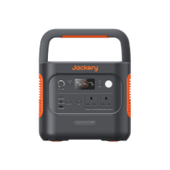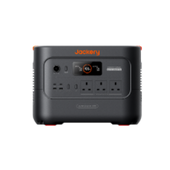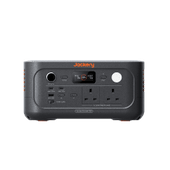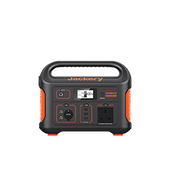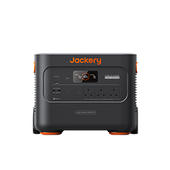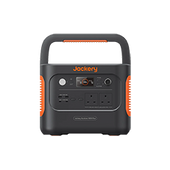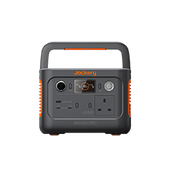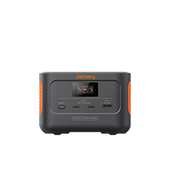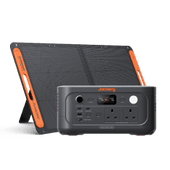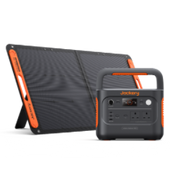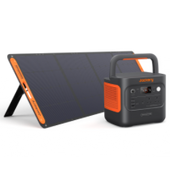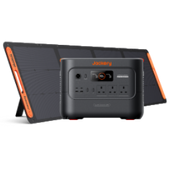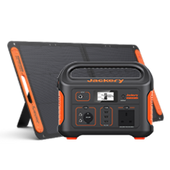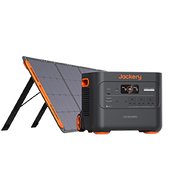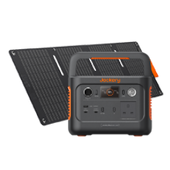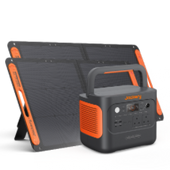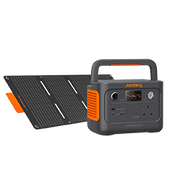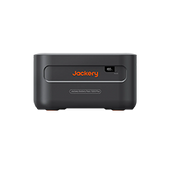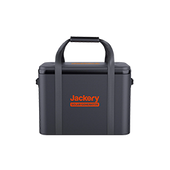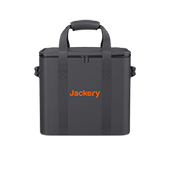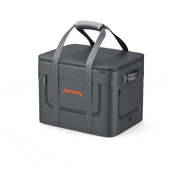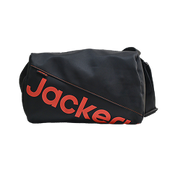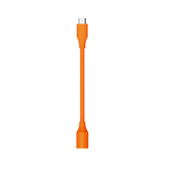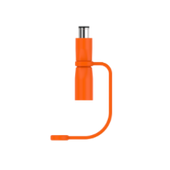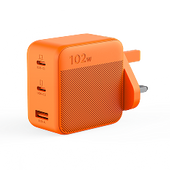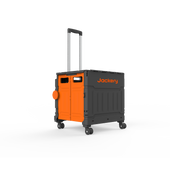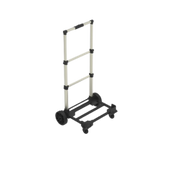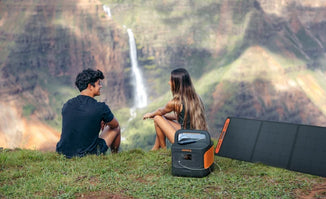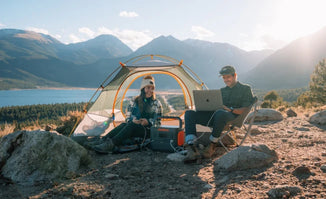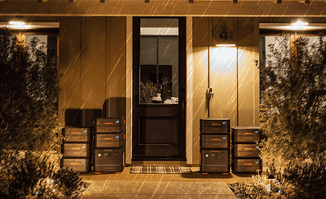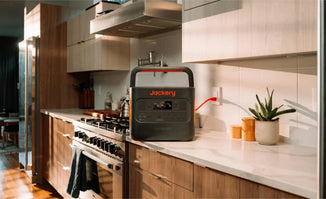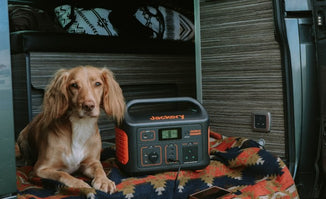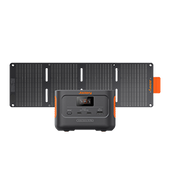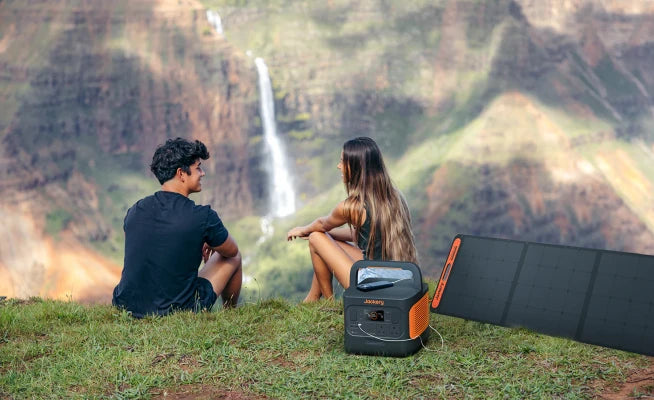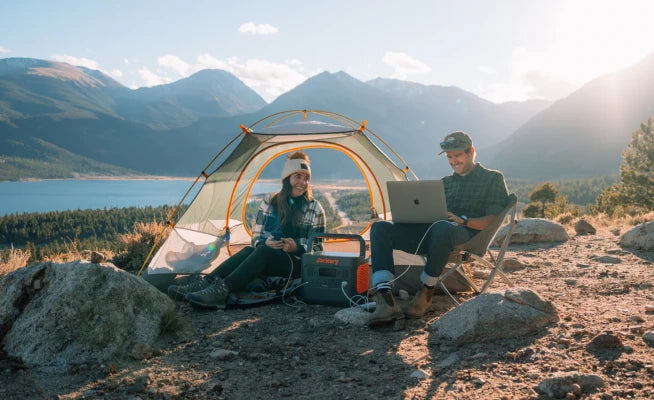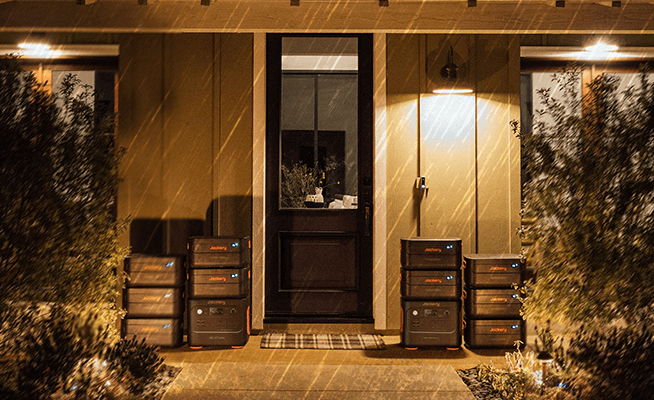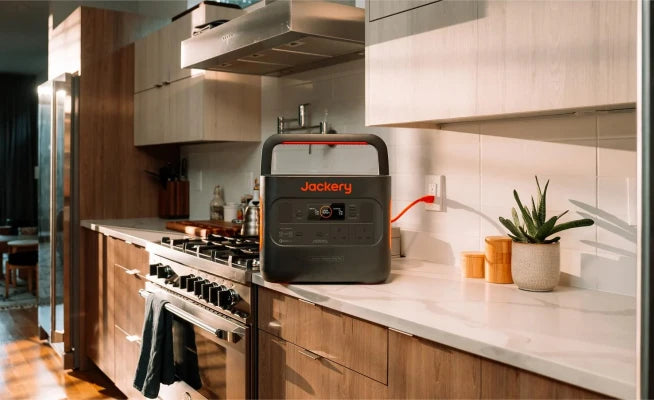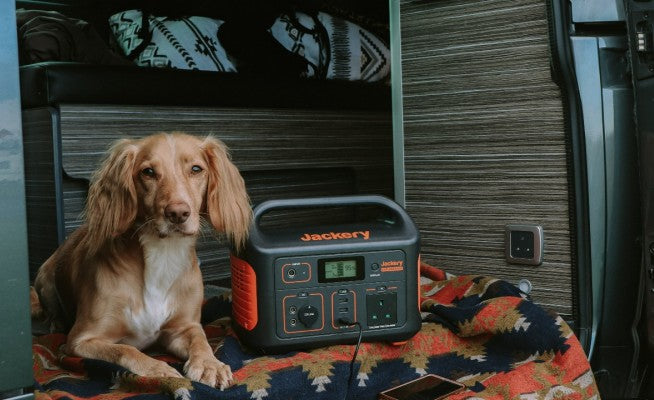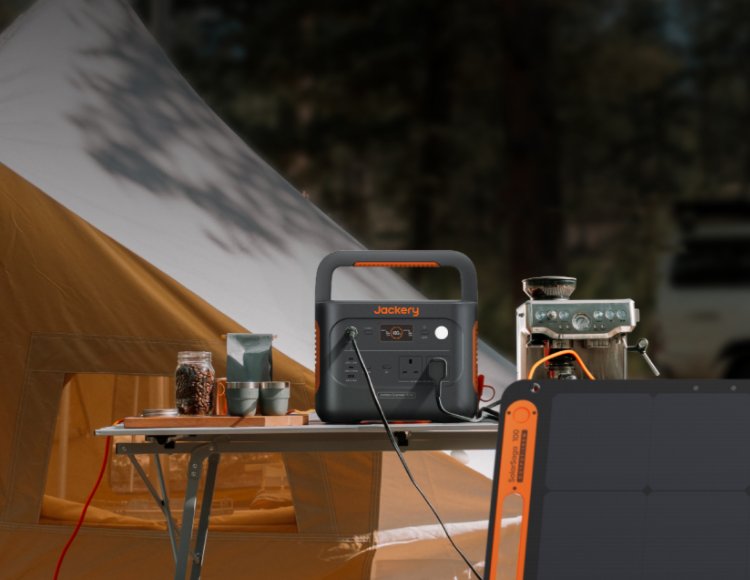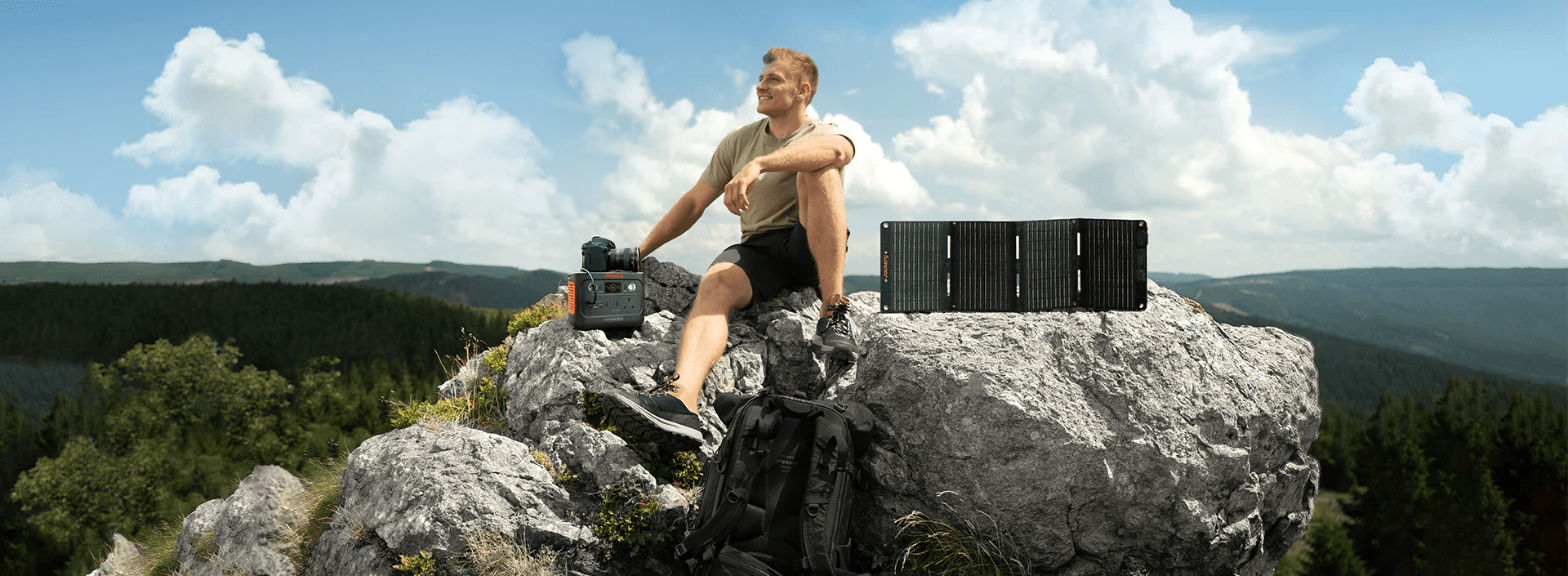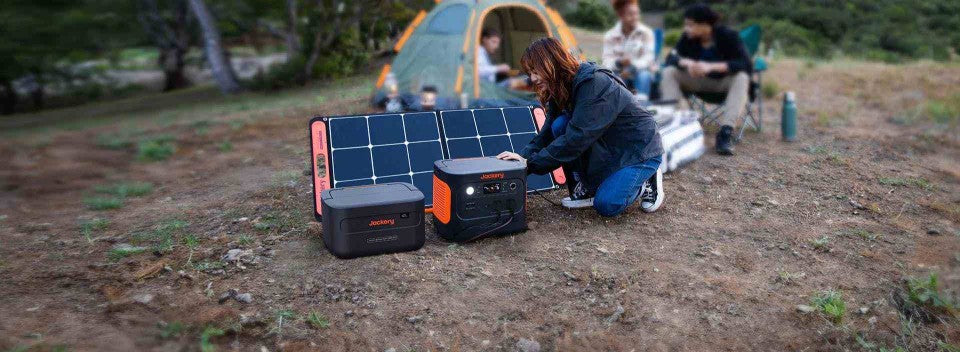Snowdonia National Park spans an area of approximately 2,140 square kilometres and boasts a rich and diverse landscape featuring rugged mountains, verdant valleys, rushing rivers, cascading waterfalls, and pristine lakes. The best way to truly immerse yourself in this unique scenery is to find a secluded corner to camp.
However, wild camping in Snowdonia is not permitted without the landowner's permission. Therefore, if you want to have a perfect Snowdonia wild camping experience, then read this article carefully to learn more. Additionally, we highly recommend the Jackery Portable Power Station, a portable power supply, for charging your camping appliances outdoors to ensure a comfortable and convenient experience.
|
Key Takeaways: |
|
- Wild camping is not permitted anywhere in Snowdonia National Park without prior permission from the landowner. - If you wish to wild camp in Snowdonia, please obtain permission from the landowner in advance. Avoid fires, dispose of rubbish properly, respect wildlife, and limit your stay to minimise environmental impact. - The best places to wild camp in Snowdonia include Carneddau, Cadair Idris, Moelwynion, Glyderau and The Ogwen Valley. - Practical tips for wild camping in Snowdonia include planning, packing light and practical, preparing for unpredictable weather and leaving no trace. - The best time to wild camp in Snowdonia is usually from late spring to early autumn. - We recommend the Jackery Explorer 1000 v2 portable power station for powering your outdoor appliances due to its higher capacity and portability. |
Can You Wild Camp in Snowdonia?
Wild camping involves setting up a tent and spending time outdoors, away from designated campgrounds. People usually go wild camping in remote areas or natural areas. While this activity is becoming increasingly widespread among explorers, it also presents some challenges and difficulties. For example, people should check whether wild camping is permitted in the destination before embarking on a wild camping trip. Snowdonia in Wales is a famous national park in the UK, and many people are curious whether it is legal to wild camp there.
Can You Wild Camp in Snowdonia?
Strictly speaking, wild camping is not allowed anywhere in Snowdonia National Park without the prior permission of the landowner.
The main reason why wild camping is illegal is that the land in most parts of Wales, including Snowdonia National Park, is privately owned. Snowdonia National Park is more than just a national park in name; most of the land here is owned by farmers, private enterprises (such as water, electricity, and mining companies), and other individuals.
Understandably, most landowners do not permit people to wild camp on their land. In most cases, wild camping causes a certain degree of damage to the land and its surrounding ecological environment. Therefore, you must obtain permission from the landowner and follow some basic rules for wild camp.
What Happens If You Wild Camp Illegally in Snowdonia?
In Snowdonia, wild camping in the strict sense (i.e., without the landowner's permission) is strictly prohibited and may result in penalties.
Asked to Leave
The landowner can ask an illegal wild camper to leave. If you pack up and leave immediately in response to the landowner's request, there will usually be no further penalties.
Forced Evacuation and Equipment Seizure
If an illegal wild camp is discovered, the police have the authority to request immediate evacuation and may seize equipment, such as tents and stoves.
Fines and Enforcement
If you refuse to leave when asked by the landowner or the police or cause damage to the surrounding environment, you may be fined (up to £2,500) and imprisoned (up to three months in prison). Refusing to leave or causing damage may also escalate to the offence of aggravated trespassing. If an enforcement agency takes action, you may be imprisoned and fined.
Other Potential Consequences
Repeat offenders may be placed on a restricted access list, which prohibits them from entering specific areas of Snowdonia in the future. Damage to ecological or cultural heritage may result in long-term restoration costs.
Rules of the Snowdonia Wild Camp
Wild camping activities are subject to strict regulations to ensure environmental protection and public order. When wild camping in Snowdonia, Wales, it is essential to follow the following rules to protect the natural environment and ensure the safety of yourself and others:

Rule 1: Get Permission in Advance
When wild camping in Snowdonia, it is essential to obtain permission from the landowner in advance. Most of the land in Snowdonia is privately owned or managed by institutions such as the National Trust, and camping without permission may constitute trespass.
Rule 2: Keep the Size of the Wild Camp Small
Follow the principle of minimum impact and control the size of the group and the amount of equipment. Avoid setting up too many tents or occupying large areas of land. It is best to use small tents and lightweight equipment to minimise the impact on vegetation. It is recommended that participants in wild camps form small groups of no more than three people to minimise the environmental impact.
Rule 3: Avoid Starting a Fire
Snowdonia is mostly peatland and sensitive ecological areas. Flames may cause wildfires that are difficult to control. Therefore, it is best to use portable camping stoves instead of campfires when wild camping.
Rule 4: Dispose of Garbage Properly
Please take away all garbage generated during wild camping, including food scraps, packaging, hygiene products and biodegradable fruit peels. It is prohibited to bury or discard waste in natural water bodies to avoid polluting water sources or endangering animals.
Rule 5: Respect Wildlife
Snowdonia is home to rare species, such as red squirrels and golden eagles. However, it is strictly forbidden to feed wild animals when wild camping, and it is also advisable to avoid approaching nests or cubs. If you want to record rare wild animals with your camera, it is best to avoid using strong light equipment, as this may disturb them.
Rule 6: Control the Length of Stay
It is recommended that the single wild camping time should not exceed 48 hours and that you avoid occupying the same area for an extended period. Frequently changing camping sites will help vegetation recovery and reduce ecological pressure. If you need to stay for multiple days, please change locations every day to avoid repeatedly using the same wild camping site.
Rule 7: Please Cooperate Immediately When Asked to Leave
First of all, you should avoid camping in clearly marked areas, nature reserves, or popular trails where camping is strictly prohibited. If you are asked to leave by landowners, rangers or police, you must obey unconditionally. Refusing to leave could result in fines or legal consequences.
The Best Places for Wild Camping in Snowdonia
Snowdonia, a renowned natural resort in Wales, boasts magnificent mountains, streams, and unique geological landscapes, making it an ideal destination for wild camping enthusiasts. The perfect wild camping site must strike a balance between safety, ecology, and experience.
How to Choose the Best Wild Camping Place?
When choosing the best wild camping site in Snowdonia, consider factors such as the natural environment, safety, and environmental protection.
Good Drainage
Frequent rainfall in the mountains of Snowdonia can lead to water accumulation or mountain torrents, posing a danger. Therefore, the first choice is a high-lying, well-drained area, avoiding low-lying areas, riverbanks, or places with visible signs of water flow.
Flat Ground
Check whether the ground is flat and free of sharp stones, and the slope angle must be less than 10°. The flat ground ensures that the tent area is flat and stable, improving sleep comfort.
Close to Water But Keep a Distance
Although it is convenient to get water near water sources such as streams and lakes, it is necessary to keep a safe distance of at least 20 meters to avoid polluting the water source or encountering sudden floods.
Shade and Leeward
If you plan to wild camp in the summer, it's best to choose a shaded area to avoid overheating in your tent during the day. Additionally, the camp should be set up in a leeward area to prevent the tent from being damaged by strong winds.

Best Wild Camping Places in Snowdonia
As the top outdoor adventure destination in the UK, Snowdonia attracts numerous wild camping enthusiasts with its majestic peaks, crystal-clear lakes, and pristine natural landscapes. Here are five of the best wild camping sites in Snowdonia:
Carneddau
The Carneddau is one of the UK's highest mountain ranges, with approximately 20 peaks above 600 meters above sea level. It is located in the northern part of Snowdonia and is renowned for its exposed cliffs, alpine lakes, and stunning glacial landscapes, making it an ideal location for wild camping. During your wild camping trip, you can also go trekking along the shore, bird watching, or sea kayaking.
Cadair Idris
Cadair Idris is located in the south of Snowdonia, with Cadair Idris, Wales' second tallest peak, at its core and surrounded by several calm lakes. Llyn y Gadair and Llyn Cau are two of the best wild camping areas near Cadair Idris. This area is home to rare birds and alpine plants, and nature enthusiasts can spot red-billed choughs or colonies of rock roses.
Moelwynion
Moelwynion is located near Beddgelert and Llanberis but is less frequented by tourists, making it an ideal place to escape the crowds. In addition to cliffs and calm forests, visitors can explore abandoned copper mine sites while wild camping.
Glyderau
Glyderau is a lesser-known destination, surrounded by calm lakes and lush woodlands, making it an ideal spot for campers seeking peace. Among these, the area of Glyder Fawr and Glyder Fach is one of Glyderau's best spots for wild camping. However, wild campers must navigate the rough rock formations and boulder-filled ground in this location.
The Ogwen Valley
The Ogwen Valley, named for the river that flows through its centre, is one of northern Snowdonia's most attractive regions. When camping here, you can also visit a small cafe on the west side of Ogwen, which has restrooms and plenty of parking. In addition, the Ogwen Valley is flanked by craggy peaks like Tryfan and Glyderau, which wild campers can use for rock climbing.
Tips for Wild Camping in Snowdonia
Every caution and restraint of wild campers will help preserve Snowdonia's natural beauty. Here are some practical tips for wild camping in Snowdonia to help you explore this land safely, environmentally friendly and comfortably:

Tip 1: Plan Ahead
Snowdonia has a variety of terrain, ranging from gentle trails to steep peaks (such as Snowdon). Please select a suitable wild camping site that suits your preferences and abilities, provided you obtain permission from the landowner in advance. Additionally, wild campers must also adhere to Snowdonia's specific regulations, including the prohibition of fires in certain areas.
Tip 2: Environmentally Friendly Transportation
Trains are a perfect choice for travelling to Snowdonia from anywhere in the UK. Wild campers can usually transfer to local trains to Betws-y-Coed at Llandudno Junction (Chester to Holyhead). Betws-y-Coed is about 20 kilometres away from Snowdon, and wild campers can walk, cycle or take a bus to their final destination.
For example, wild campers can hike to a wild camping site in Snowdonia and experience the primitive wildness of Wales along the way. Still, they need to be mindful of their physical strength allocation.
Tip 3: Simple and Practical Packing
You may need to hike to the wild camping site in Snowdonia, so please keep your packing simple. The following is a Snowdonia wild camping packing list for reference only:
|
Snowdonia Camping Packing List |
|
|
Tent Sleeping bag Moisture-proof mat Headlamp Portable stove Reusable water bottle Water purification tablets High-energy portable food Essential medicines Sealed garbage bag Portable power station |
Quick-dry underwear Warm mid-layer Hydraulic jacket and pants Waterproof hiking shoes Spare socks Mosquito repellent Sunscreen Survival whistle Multi-purpose knife Waterproof bag |
In addition to standard camping gear, a portable power source is also essential in the wilderness to ensure safety and convenience. A Jackery Portable Power Station is beneficial for wild camping in Snowdonia, providing reliable and clean power for various needs while respecting the environment. It allows you to charge essential devices, such as phones for navigation and emergencies, headlamps for safety, and cameras to capture stunning scenery.
Tip 4: Deal with Changeable Weather
The weather in Snowdonia, especially in the mountains, changes rapidly. Be sure to check the weather forecast within 3 days before departure to avoid bad weather. Even so, wild campers still need to prepare for emergency rain gear. In the event of heavy rain, inspect the tent's sealing immediately to prevent water penetration. Don't forget to bring a light down jacket or a wool blanket, as the temperature may drop by more than 10 °C at night.
Tip 5: Leave No Trace
During the Snowdonia wild camping experience, the "leave no trace" principle is strictly adhered to. All garbage (including food scraps) should be packed away and thrown away at the designated disposal point. In addition, wild campers also need to avoid picking plants, disturbing wild animals, and walking on trails to prevent erosion edges. If no toilet is available near the wild campsite, please bring a portable toilet or choose to bury excrement at least 200 meters away from the water source and the camp.
Tip 6: Master First Aid Measures
If you plan to go wild camping in Snowdonia, please prepare a basic first aid kit to deal with common injuries. If you cannot save yourself, call the local rescue phone number immediately (save it in advance) or set up an SOS signal in a conspicuous place. In addition, downloading offline maps and marking emergency rescue points are also effective ways to avoid getting lost and get help.

Jackery Portable Power Station for Wild Camping
Wild camping in Snowdonia offers an unparalleled experience of rugged beauty, majestic mountains, and serene lakes. To truly embrace the "leave no trace" ethos and enhance your comfort responsibly, a Jackery Portable Power Station becomes an invaluable tool.
Your smartphone (running mapping apps like OS Maps, AllTrails, or Gaia GPS) or a dedicated GPS device is critical for safe navigation in Snowdonia's often challenging terrain, especially in changeable weather conditions or low visibility. A typical smartphone battery might last 1-2 days with careful usage (aeroplane using aeroplane mode, low brightness, and minimising app use) when wild camping. A Jackery ensures you have multiple full charges for your phone, giving you immense peace of mind.
Unlike noisy, smelly traditional generators, a Jackery is virtually silent (typically under 30dB) and produces zero emissions. This means you can charge your devices inside your tent without disturbance, cook quietly, and preserve the tranquil ambience of the wilderness for yourself and others. We recommend the Jackery Explorer 1000 v2 for your wild camping needs.
Jackery Explorer 1000 v2
Jackery Explorer 1000 v2 key specs (relevant to wild camping):
Battery Capacity: 1070Wh (Watt-hours)
AC Output: 1500W continuous / 3000W surge
Weight: Approximately 23.8 lbs (10.8 kg)
Dimensions: Roughly 12.87"L x 8.82"W x 9.72"H (32.7 x 22.4 x 24.7 cm)
Features: Multiple AC, USB-A, USB-C (100W PD) ports, LiFePO4 battery, fast charging, quiet operation.

What Can a Jackery Explorer 1000 v2 Run:
If you're setting up a more luxurious base camp that you can easily drive to (e.g., in a permitted area or on private land with permission) and then take shorter day hikes, the 1000 v2 would be an excellent choice. You could run a small portable fridge/cooler to keep food fresh for days (e.g., a Dometic CFX3 25 consumes around 40-50W when running, so it could run for well over 15 hours).
Power a portable induction cooktop (e.g., 1000-1500W) or a small electric kettle (e.g., 800W) for substantial meal preparation, making hot food and drinks readily available. This is a significant upgrade from typical backpacking stoves, provided weight isn't a concern.
Power robust camping lights, external speakers for group gatherings (respecting others, of course!), or even a projector for an outdoor movie night. If your "wild camping" involves parking a vehicle (such as a van or 4x4 with a rooftop tent) in a remote, permitted spot and setting up camp directly from the car, then the 1000 v2 is ideally suited. It acts as a robust off-grid power supply for extended stays.
If you're a professional photographer or researcher requiring power for significant equipment (e.g., large camera battery chargers, specialised sensors, or powerful laptops for data processing) for multiple days in a relatively fixed, accessible location, the 1000 v2's capacity and output could be justified, provided logistics allow for its transportation.
More Suitable for Car Camping:
The Jackery Explorer 1000 v2 is an outstanding portable power station for car camping, RVing, or fixed-location outdoor events where you need substantial power and have vehicle access. However, for actual, traditional "wild camping" in Snowdonia's mountains (which implies carrying all your gear on your back for significant distances), it is overwhelmingly too heavy and powerful.
For backpackers and wild campers in Snowdonia, lighter power stations (e.g., the Jackery Explorer 100 Plus) are the ideal choice for charging essential small electronics. If you're driving to a base camp and staying put, then the 1000 v2 becomes a fantastic asset for powering more significant comforts.
|
Jackery Explorer 1000 v2 Running Time |
|
|
Electric Kettle (600W) |
6 Times |
|
Portable Fridge (60W) |
15H |
|
Projector (100W) |
8H |
|
Coffee Maker (550W) |
1.6H |
|
Camera (8.4W) |
47 Times |
(*The working hours are only for reference; the actual working hours depend on your usage.)
Best Time to Go Wild Camping in Snowdonia
Snowdonia is located in northwestern Wales in the United Kingdom. Its climate is influenced by the maritime environment, characterised by frequent rainfall and changeable weather conditions. The best time for wild camping needs to balance weather stability, temperature, sunshine duration and tourist density. The following are suggestions for the best time for wild camping in Snowdonia:
Late Spring
There are fewer tourists in Snowdonia from May to early June, and the camp is quieter. You can also see natural landscapes with blooming wild flowers and abundant waterfalls. The daytime temperature at this time is moderate, ranging from 10 to 15°C, making it suitable for hiking and exploration. Although the night is slightly cool, the starry sky is apparent, which is an excellent time for stargazing.
Summer
Summer is the most vibrant season in Snowdonia, with long days and abundant sunshine, providing ample time for in-depth exploration. The daytime temperature in Snowdonia in summer is typically 15-20°C, and the nighttime temperature is a comfortable 10°C. During the wild camp, campers also have the opportunity to challenge themselves by hiking to the top of the mountain, experiencing exciting rock climbing, or rowing in the lake.
Early Autumn
Snowdonia has fewer tourists from September to mid-October, and the autumn colours are magnificent. The temperature is cool and comfortable, and you don't have to worry about scorching heat or heavy rain when camping at night. It is an ideal time to enjoy the tranquillity and natural scenery. Additionally, autumn is the local harvest season, and wild campers have the opportunity to savour freshly picked agricultural products.
Although Snowdonia is suitable for wild camping all year round, late spring to early autumn is undoubtedly the best. When choosing a season, please weigh your personal preferences for comfort, crowds, and scenery.
FAQs
The following are the frequently asked questions about wild camping in Snowdonia.
1. Is wild camping legal in Snowdon?
No, it is not legal to camp wild anywhere in Snowdonia National Park without the landowner's explicit permission.
2. Can you camp at the top of Snowdonia?
No. Wild camping is generally not permitted on the top of Snowdonia without the prior permission of the landowner. Even if some conscientious campers camp in secluded places without leaving any traces, this is not legal. If discovered by the landowner, campers without permission may still be asked to leave the area.
3. Can I sleep in my car in Snowdonia?
Sleeping in your car is generally not allowed in car parks around Snowdonia. If you plan to do this, it is best to check the laws and regulations in advance and ask the parking staff.
4. Can you legally wild camp in the UK?
In the UK, wild camping is generally not allowed in most parts of England, Wales and Northern Ireland unless you have the explicit permission of the landowner. Wild camping is permitted in some regions of Dartmoor in south-west England. While wild camping is allowed in most areas of Scotland, there are restrictions in place around Loch Lomond and on enclosed land.
Final Thoughts
Snowdonia, a renowned natural resort in Wales, boasts magnificent mountains, streams, and unique geological landscapes, making it an ideal destination for wild camping enthusiasts. After obtaining permission from the landowner, you must still avoid making fires, properly dispose of garbage, respect wild animals, and control your stay time when wild camping in Snowdonia. The best wild camping locations in Snowdonia include Carneddau, Cadair Idris, Moelwynion, Glyderau and The Ogwen Valley.



